Is the Stratos Lite III worth it? I tested Jack Wolfskin’s roomy three-person tent
Jack Wolfskin’s Stratos Lite III offers big space in a small package

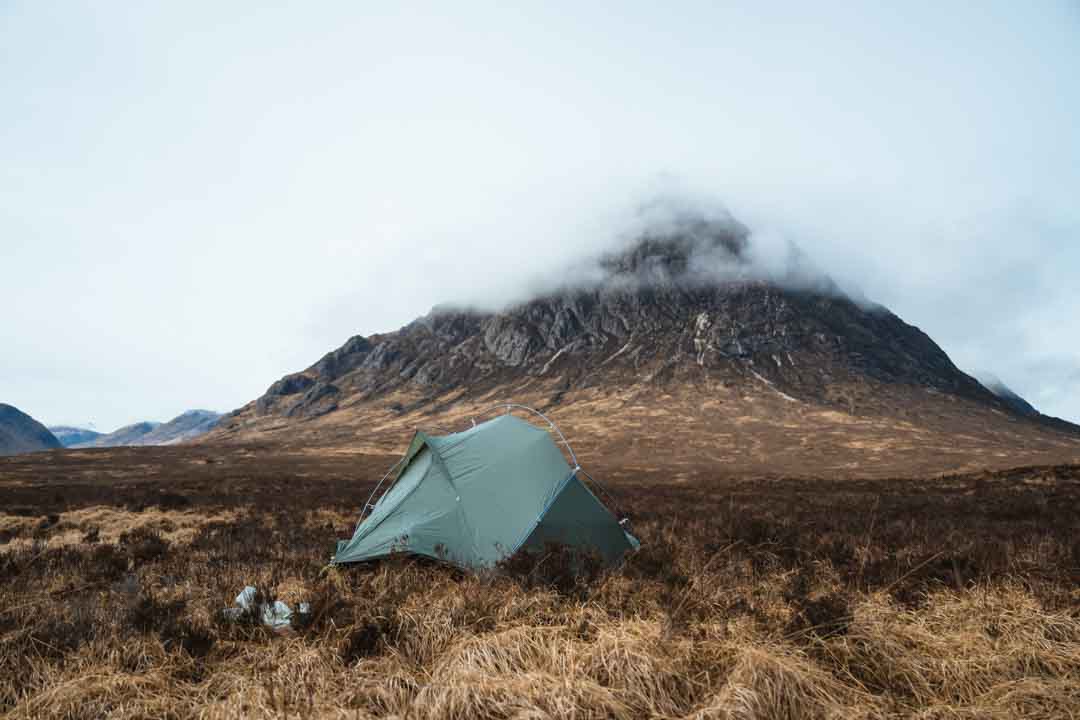
The Jack Wolfskin Stratos Lite III is a lightweight, roomy tent perfect for two campers seeking comfort in mild conditions. It’s easy to pitch, with great headroom and twin vestibules, but the lower waterproof rating and wind susceptibility mean it’s better suited for summer adventures than stormy expeditions.
-
+
Spacious for two people
-
+
Reasonably lightweight
-
+
Straightforward to pitch
-
-
Lower water proof rating that others
-
-
Tall head height is more susceptible to wind
-
-
More capable tents can be found for similar money
Why you can trust T3

Matt Kollat
Jack Wolfskin is best known for its outdoor clothing, but the brand has been quietly expanding its tent lineup, and the Stratos Lite III is one of its most interesting new additions.
Designed as a lightweight three-person backpacking tent, it promises a balance of space, weight, and packability, with eco-friendly materials and clever design details.
Aimed at trekkers and bikepackers looking for a roomy yet portable shelter, the Stratos Lite III is built for summer and mild conditions rather than extreme weather. I put it to the test to see how it holds up when comfort, space, and practicality are on the line.
Jack Wolfskin Stratos Lite III review
Price and availability
The Stratos Lite III is available directly from Jack Wolfskin and costs £700. It's possible to get the tent discounted to around £550, depending on the time of year.
Specifications
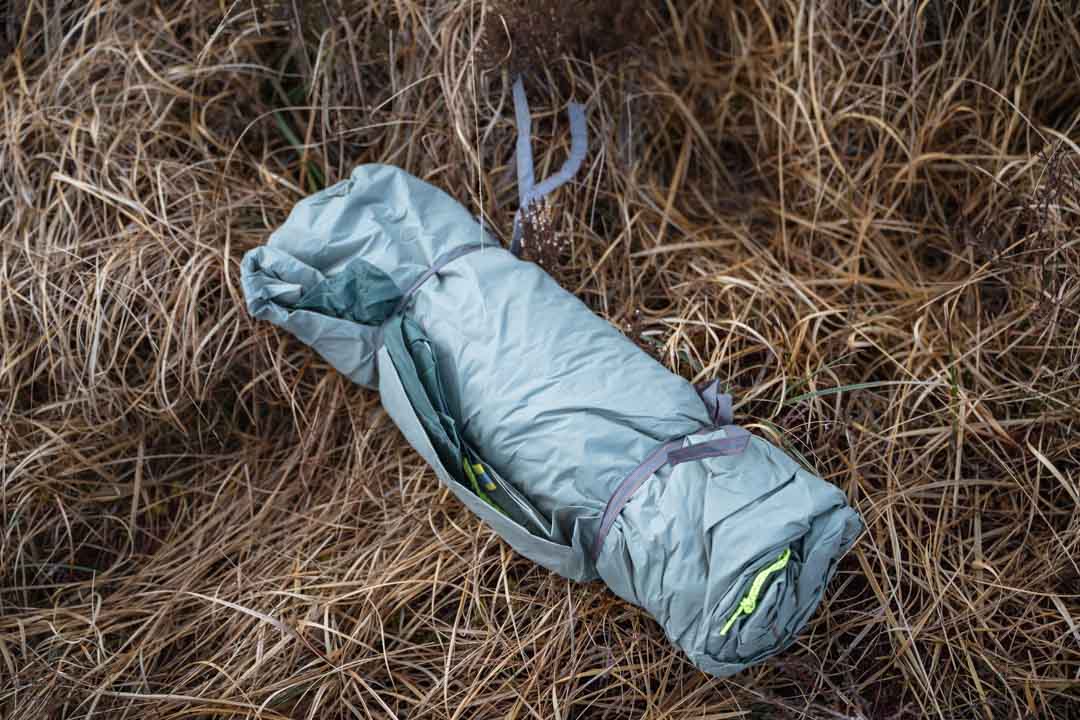
- Sleeps: 3 people
- Packed weight: 2,3 kg/ 81.8 oz
- Pack size: 45 x 15 cm/ 17.7" × 5.9"
- Seasons: 3-season
- Hydrostatic head rating: 1,500 mm (flysheet) and 6,000 mm (floor)
Design and materials

The Stratos Lite III is Jack Wolfskin’s largest and most technical backpacking tent, designed to sleep three with two doors and two vestibules for convenient access and kit storage. Realistically, it’s a tight squeeze for three.
The sleeping area measures 160cm at its widest point, meaning each occupant would have around 50cm of width – just enough space for a standard sleeping mat – and Jack Wolfskin recommends a top-to-toe sleeping arrangement to maximise room.
For two campers, however, the tent feels spacious, with plenty of storage space outside the inner tent thanks to the vestibules. At 235cm long, the sleeping area was generous even for my 6'2" frame, and I didn't find any issues with my sleeping bag getting wet from condensation at the ends.
Get all the latest news, reviews, deals and buying guides on gorgeous tech, home and active products from the T3 experts
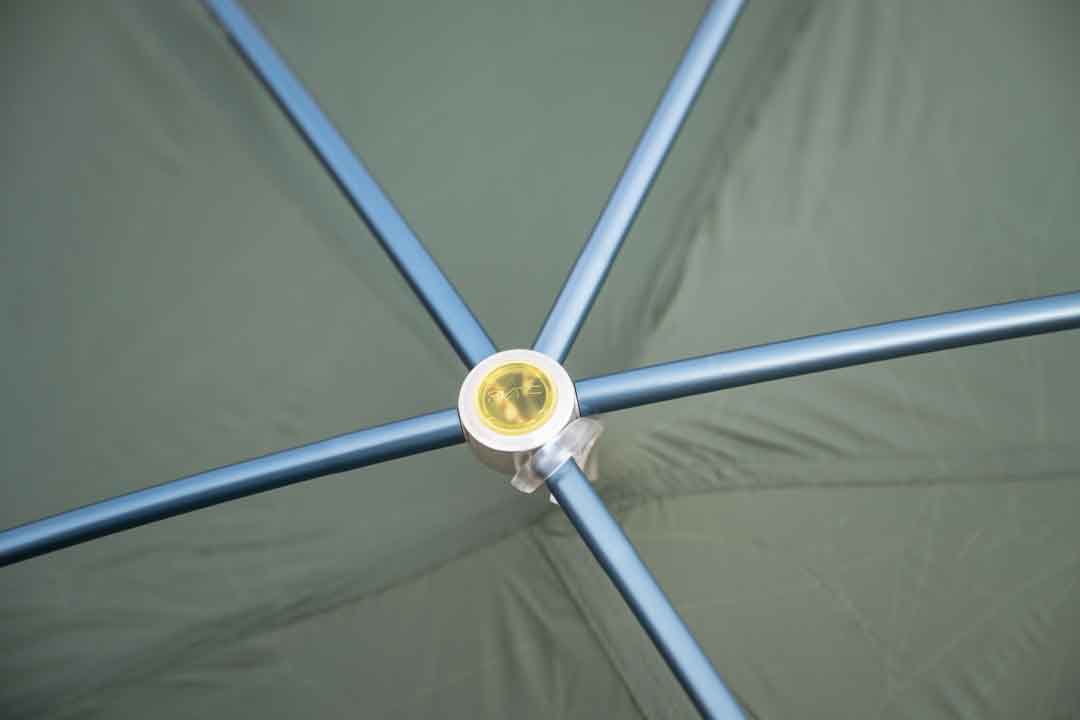
The head height stands at an impressive 120cm, allowing me to sit up comfortably, something that enhances the feeling of space but also comes with compromises in windy conditions.
Materials-wise, Jack Wolfskin has opted for recycled, PFC-free fabrics and a silicone-coated flysheet to help keep the weight down and increase tear resistance and UV durability. The hydrostatic head rating is 1,500mm for the flysheet and 6,000mm for the groundsheet.
Unlike traditional seam taping, Jack Wolfskin uses a special yarn that expands when wet to seal the flysheet seams, a solution tailored to the challenges of silicone coatings, where seam tape adherence is tricky.
DAC aluminium poles are used for strength and low weight, but connecting all sections together into one framework can feel a little unwieldy when pitching solo. Colour-coded tags help guide setup, as the tent is asymmetrical.
Packed down, the tent measures 45cm x 15cm and weighs in at a reasonable 2,320g, making it a competitive choice for trekking and bikepacking adventures where packed size and weight matter.
Performance
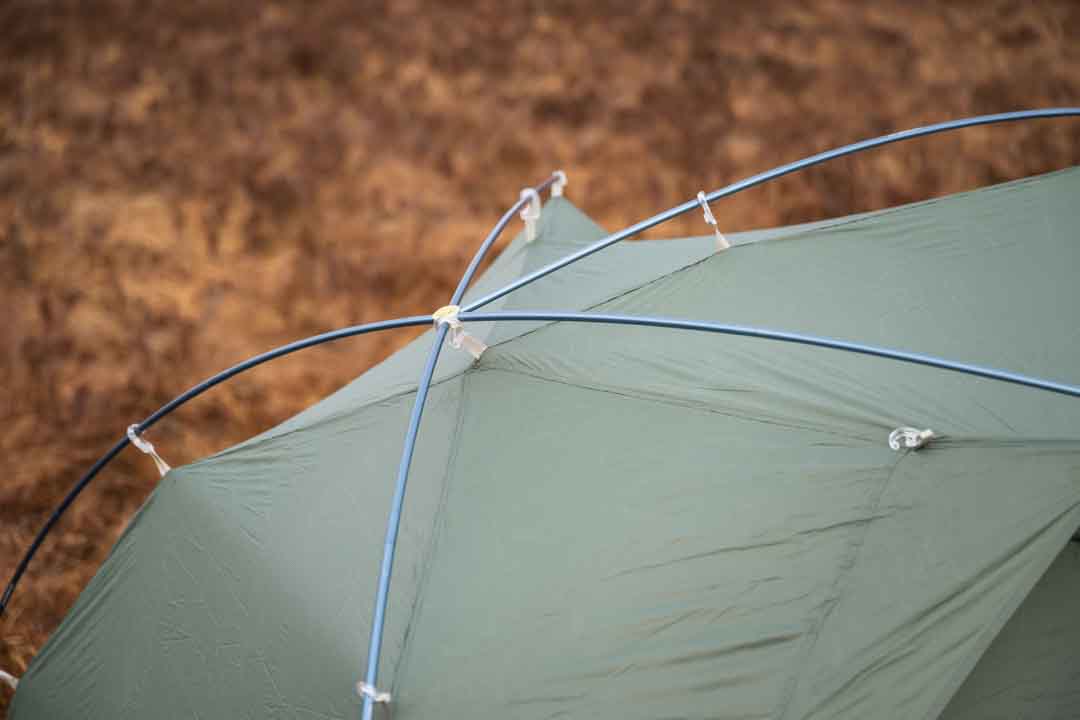
In testing, the Stratos Lite III proved straightforward to pitch, requiring one end to be pegged out first before slotting the poles into the corners. Clipping the flysheet to the frame is simple, thanks to colour-coded tags that take the guesswork out of the asymmetrical design.
Once pitched, the tent felt airy and roomy for two people, a real advantage when camping in settled conditions. I appreciated the ease of moving around inside, with enough headroom to sit upright comfortably. The twin doors and vestibules made a big difference when it came to storing gear and keeping the interior uncluttered.
However, the tall head height does make the tent more susceptible to being buffeted by wind compared to lower-profile designs. In gusty conditions, I noticed it catching more wind than the Fjällräven Abisko Lite 2, which I tested in similar weather.
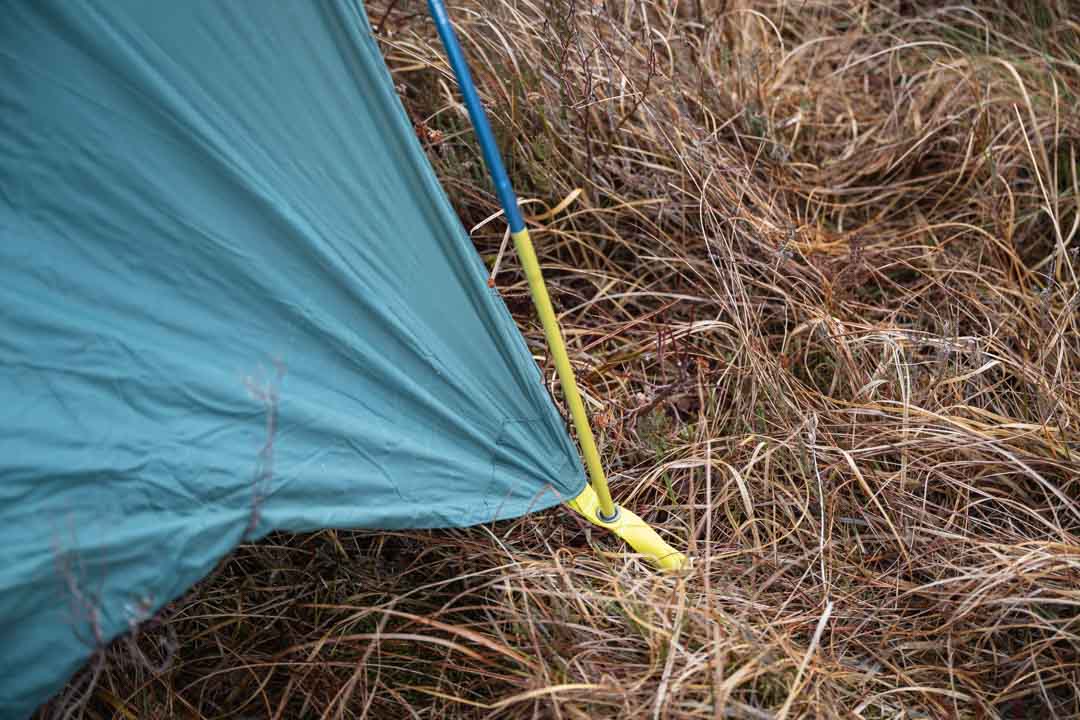
While the tent held up fine during light drizzle and mild breezes, I would hesitate to trust it in truly foul weather. The 1500mm hydrostatic head flysheet provides basic waterproofing, but other options at a similar price offer better storm resistance. For comparison, the Abisko Lite 2 features a 3000mm flysheet, offering more peace of mind in unpredictable conditions.
Overall, the Stratos Lite III shines in milder climates where ventilation, ease of use, and comfort are the priority, and for those conditions, it’s an enjoyable tent to camp in.
Verdict

The Stratos Lite III is a good option for those looking for a lightweight tent that will be used in mild conditions. The dual doors and vestibules offer plenty of space to store kit, and the excellent headroom makes it feel roomy. However, the hydrostatic head rating is lower than that of competitors in the same price bracket.
Also consider
The Stratos Lite III is certainly a premium product, and if you're looking for a tent more suited to poorer weather conditions, the Fjallraven Abisko 2 Lite offers more protection from the elements. It's smaller, but there is a 3-person version if you need more room.
Another three-person, premium alternative is the Big Agnes Copper Spur UL3 XL, a firm T3 favourite. Featuring the brand's proprietary Hyperbead fabric, this tent has a 1,200mm HH rating (both the rainfly and the floor) and is incredibly spacious – a superb option for two trekkers.

Matt has a passion for the outdoors whether on foot, two wheels or by paddle. After a brief foray into the bike racing scene, Matt armed himself with an OS map and a sense of adventure, and decided the endless miles of trails in the Scottish highlands were more his idea of a good day out.
Never one to sit still (or indoors), he can often be found riding and hiking in foul weather, testing the latest bit of kit or just out for a good time.
Having spent his formative years loitering around the local bike shop rather than sneaking into the pub, he’s spent far too long tinkering and fixing his ever evolving fleet of bikes so at least one of them is in a fit state to be ridden on an unsuitable adventure.
When Matt isn’t riding bikes or walking up hills, he’s a freelance photographer specialising in the hospitality and outdoor sectors and can be found shooting for clients across the country.
- Matt KollatSection Editor | Active
You must confirm your public display name before commenting
Please logout and then login again, you will then be prompted to enter your display name.